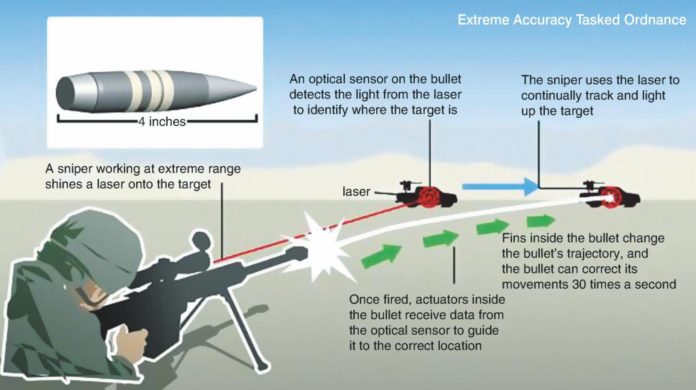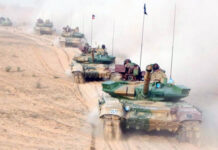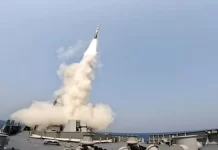Aiming and successfully engaging a target thousand of meters away is indeed a breath taking manoeuvre. There are many external factors that can force the bullet to change its path, such as wind speed, recoil force, terrain etc. Although, it is up to them how they control such factors, a little help from technology can come real handy.
In 2013, DARPA announced the advanced One Shot XG program to substantially increase the efficiency of the military snipers. The program revolves around a small, mountable scope system that can either be placed on its spotting scope or on weapon’s barrel. The scope is designed to automatically calculate a number of decisive variables, such as wind conditions, weapon alignment etc., using an internal OS.
Extreme Accuracy Tasked Ordnance
The Extreme Accuracy Tasked Ordnance Program is a project initiated by DARPA, in which they are developing a class of smart and self guided bullets that can change their projected path during the flight to align with the movement of the target or due to any external factors that may drive the bullet off course.
It has an advanced real-time optical guidance systems that lets you track and direct projectiles – bullets to their targets by adjusting for weather, wind, target movement and other factors. In 2016, Russia also revealed that they are already working on a similar “smart bullet” designed to hit targets at a distance of up to 10 km.
Cornershot
This can be the biggest life saver of all in urban combat, where soldiers have to navigate buildings, walls and other obstacles, and if they could shoot their opponents without leaving the cover of a wall, then the risk involved will be greatly reduced. Of course, a bend barrel wouldn’t be such a good idea, so they had to improvise. And the Cornershot is what it led to. A nozzle mounted video camera relays a video feed to a screen on which soldiers can analyze the battleground and take on enemies with no risk of bringing harm to themselves.
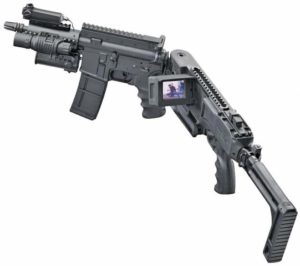

Sonic Guns
Sonic and ultrasonic weapons (USW) are weapons of various types that use sound to injure, incapacitate, or kill an opponent. Some sonic weapons are currently in limited use or in research and development by military and police forces. Some of these weapons have been described as sonic bullets, sonic grenades, sonic mines, or sonic cannons. Some make a focused beam of sound or ultrasound; some make an area field of sound.


Extremely high-power sound waves can disrupt or destroy the eardrums of a target and cause severe pain or disorientation. This is usually sufficient to incapacitate a person. Less powerful sound waves can cause humans to experience nausea or discomfort. The use of these frequencies to incapacitate persons has occurred both in anti-citizen special operation and crowd control settings.
Laser Induced Plasma
Effect Weapon
The Pentagon is working on a weapon that uses lasers and plasma to transmit sound files, even human speech, directly to individual people at great distances. The lasers could be beamed down from military planes or other vehicles to issue instructions or disperse crowds of protestors or otherwise disgruntled people in the area. Individuals begin to hear strange, disembodied voices and see bright lights that come seemingly from nowhere, while others duck for cover from phantom machine gun fire or begin to feel a burning sensation.
This specific project, called Non-Lethal Laser Induced Plasma Effects (NL LIPE), aims to have a perfected a beam that can produce audible instructions and commands to an individual or a small group of people within three years and maybe have a practical prototype system ready in five years.


The Pentagon’s central less-than-lethal weapon office, called the Joint Non-Lethal Weapons Directorate (JNLWD), is working on it.
Russia’s Filin 5P-42
The Filin 5P-42, a new non-lethal light-based optical interference system designed for military and law enforcement use, is capable of effectively suppressing enemy optical systems including, sniper sights, laser rangefinders, guidance systems and thermal imagers in low light conditions.
By increasing or decreasing the number of emitters in a single system, and combining components with a lower or greater power output, it’s possible to create both strong stations for military and special purpose use and weaker ones for the civilian market, including use by large companies for security or for guarded facilities.
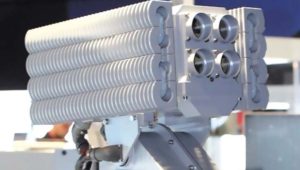

Filin is not so much a weapon as it is a system of protection against weapons. The system interferes with the enemy rifleman or gunner’s ability to aim correctly, to the extent that it may cause some hallucinatory symptoms. While lasers emits a rather powerful beam of light, and can damage both optics and a gunner’s sight, Filin does not blind the adversary.


